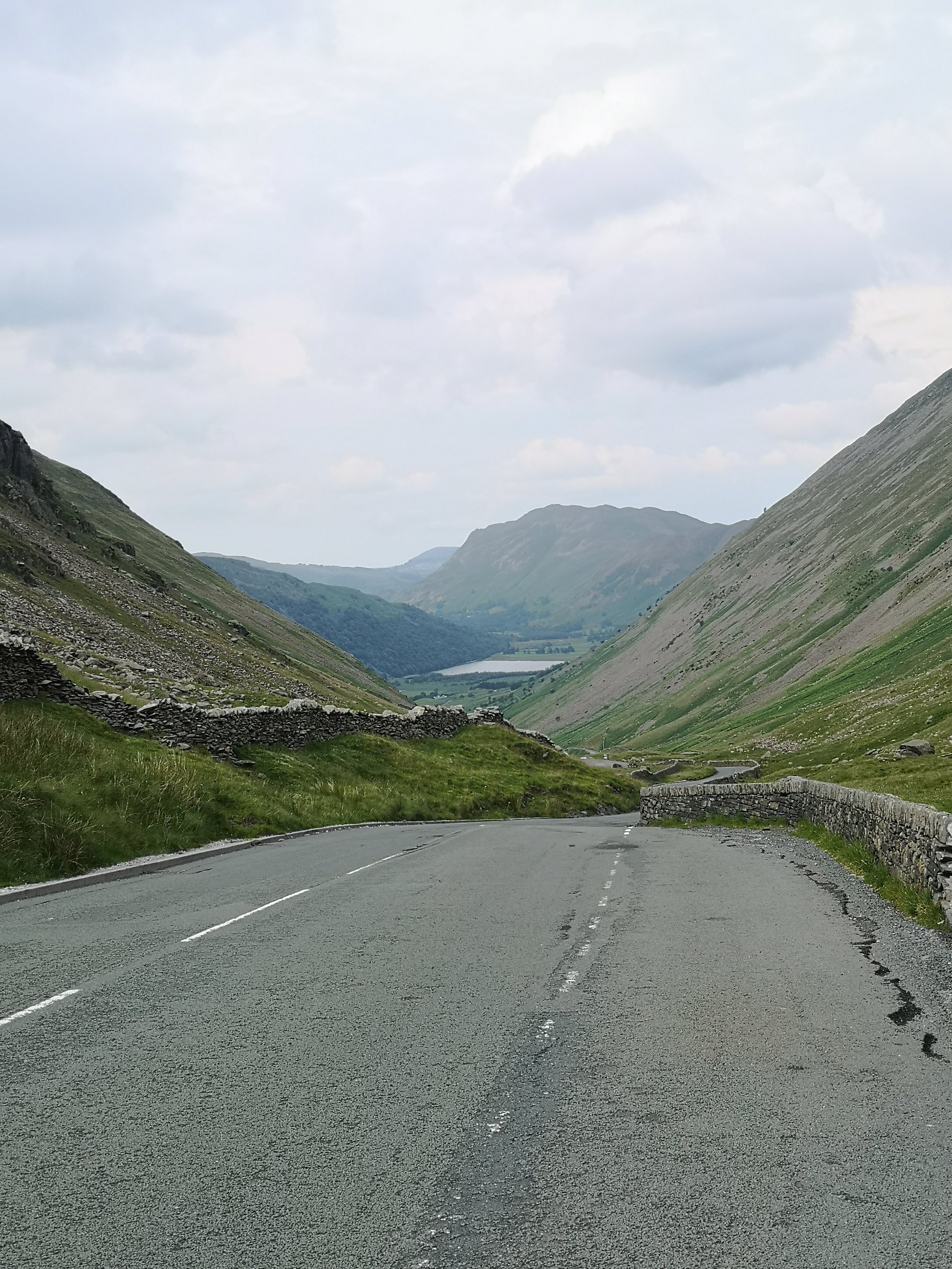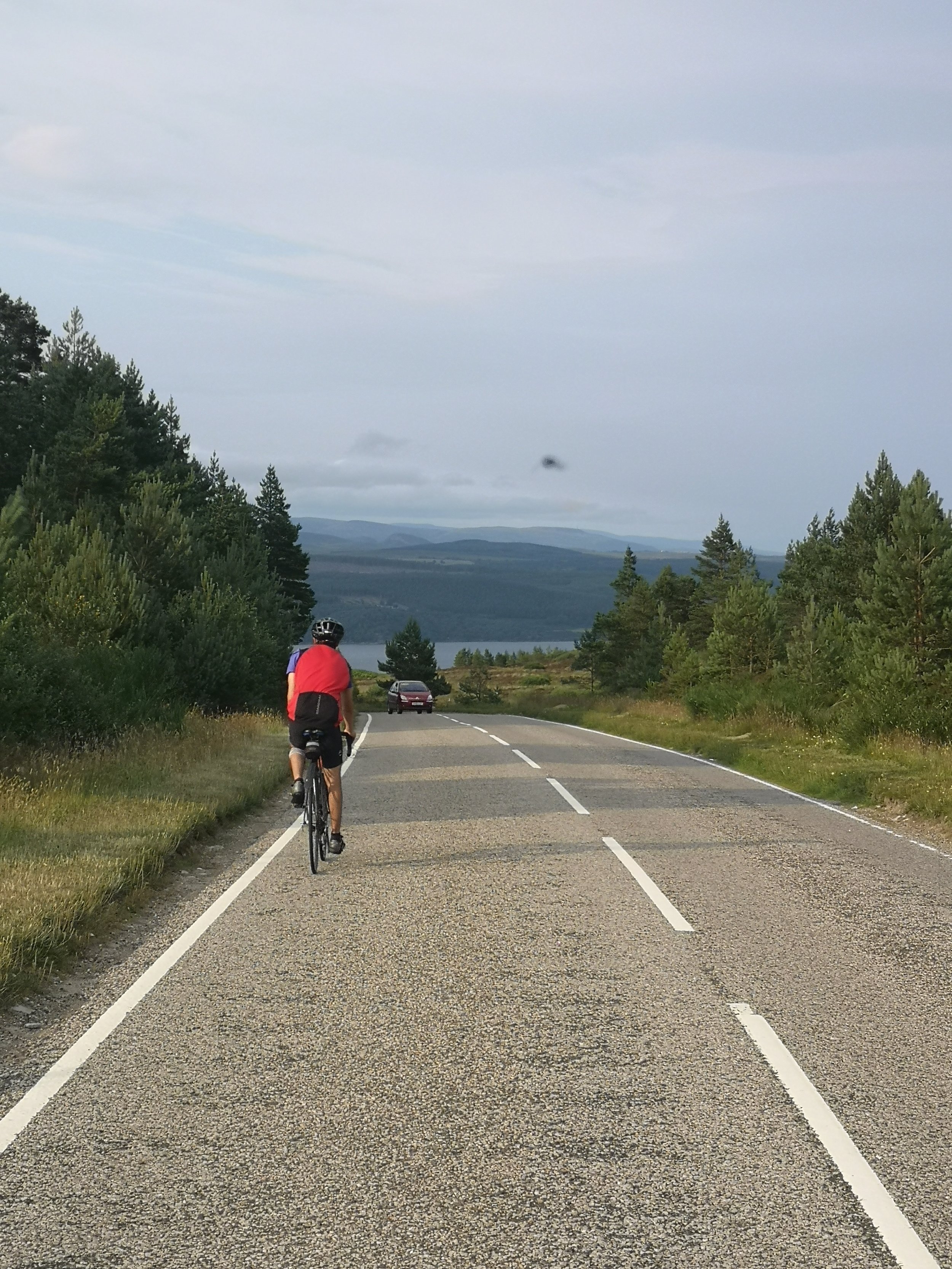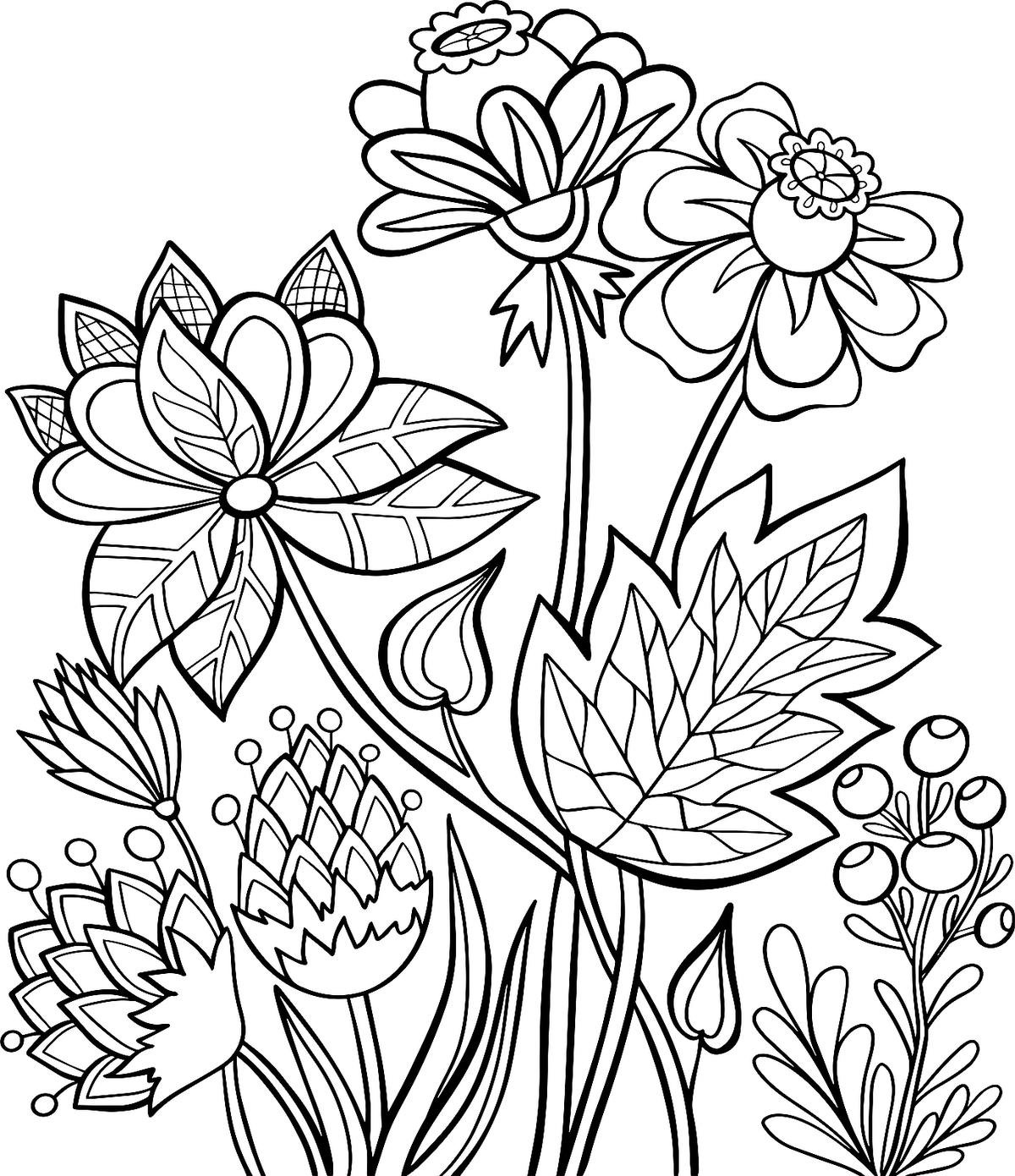November 2021 Newsletter
Published November 1st at 10:00am PST

Table of Contents
Big Old Cycle Trip-LEJOG 2021
November Astrological Events
Dangerous Sharks? Dangerously Portrayed.
A New Revolution Paving the Path to Destruction
A Very Vegan Thanksgiving
Stop and Smell the Flowers
Energy Hour
BIG OLD CYCLE TRIP - LEJOG 2021
MR. GREEN
By Sam Townson
This summer I hit the road with a group of what were strangers and are now friends to cycle the length of the UK from Land’s End to John O’Groats – which is often known as the LEJOG Challenge – and camp along the route. We cycled together for 15 days, over 1,000 miles and climbed 14,000 meters - nearly 46,000 feet, if you’re that way inclined – which is higher than Mount Everest! It was a trip of a lifetime, one of my greatest achievements, and I met some amazing people doing it.
We decided to undertake this monumental challenge in aid of an amazing UK based charity called Centrepoint. They are a youth homeless charity working with young people across the country to help lift them up and get back on their feet. If you’d like to support them or find out more about their work, then visit their website. It was a charity we chose because of the dreadful impact Covid-19 had on those who were living without a home.
Together we managed to raise just under £8,000 thanks to the generosity of friends, family, and people we met during our epic journey. That is enough money to cover the cost of three young people’s journey through Centrepoint from homelessness to independence.
Our journey had everything from the challenges of the British summer to broken bikes to sore bottoms. It all began on July 5th as we came together with our bikes at Land’s End - the most westerly point of mainland Britain. As we stood ready to leave, I was filled with nerves and excitement.
The LEJOG challenge has been on my bucket list as a cycling enthusiast, and it was finally becoming a reality! This adventure of cycling and camping (with one-night wild camping) was also going to give me the perfect opportunity to truly connect with nature, something I’d been longing for after a long few months of Covid-19 lockdowns and isolations. Not only this, but it also gave me the chance to ‘practice what I preach’ as someone always promoting active travel as the perfect alternative to our car centric, polluting, earth damaging transport systems. Cycling is an amazing, sustainable way to travel, emitting no emissions and giving you an immense sense of achievement when you know your own body has got you to your final destination.
To really find that connection to nature we unanimously decided that the scenic route was for us, even if it was hillier. It was a choice I did not regret as we encountered beautiful landscapes, jaw dropping views and epic climbs. In the interest of time, preserving our bikes which were predominantly road bikes without suspension, and our bottoms we stuck to the open road for the majority of the trip avoiding main roads where possible. However, this wasn’t always perfect as we sometimes found ourselves bouncing along unpathed canal paths or having to rush along busy roads.
This trip gave me the opportunity to see what my body was capable of and allowed me to cycle the furthest I’ve ever done. The second day was the longest I’d ever ridden in one day, but didn’t hold that title for long as the very next day we went on to cycle 150km. I also had the BEST day of cycling I’ve ever had. On day 11 we ventured from the urban sprawl of Glasgow to the wilderness of Loch Lomond and The Trossachs National Park. We had glorious weather as we travelled alongside the River Clyde and River Leven before being greeted by the amazing Loch Lomond, a wild swim at lunch, a waterfall visit, and then finishing an epic day with wild camping.
Despite day eleven being the best day of cycling ever for me, day 15 (the final day) came in a very close second. This was not because I wanted the trip to be over or to get off my bike, but because of the achievement it represented and that feeling as we rolled as a team into John O’Groats – the very north-eastern point of the UK mainland. We’d come over 1,000 miles all from the power of our own legs. A feeling that has become addictive; as I sit here writing all I want to do is head out on another adventure.
However, the trip was not all sunshine and rainbows – after all I do live in the UK! The first day was a real grounder as we were pounded with rain and wind for the entirety of the day and none of us officially made it to that day’s destination. We had two bikes break: one chain snapped and one wheel broke, as we bubbled along a dual carriageway with cars zooming past at 70mph.
My legs were in agony on some days, and I cannot deny that it took me a few weeks to get back on the bike as my sore bottom recovered. Our bikes were not fully prepared or equipped for riding such an epic distance as they often required repairs and some TLC – no surprise considering some were over 30 years old!
Moreover, cycling might be an incredibly sustainable way to travel but this style of travelling as we moved on every day and were burning through so many calories is not conducive to a sustainable lifestyle. Initially it was difficult to make sustainable choices in terms of food and packing. I found myself reaching for pre-packaged lunches and other convenience foods wrapped in plastic, which instilled feelings of guilt (and damaged my bank balance). Yet, this consciousness and guilt was beneficial. It empowered me to make more intentional and environmentally friendly choices and to have discussions with the rest of the group about sustainability and our individual impacts.
Choosing to cycle and camp also brought with it another set of challenges; where were we going to put our tents, sleeping bags, food, clothes, and everything else you need to keep you going? Well, this was a difficult decision. We initially planned to all carry our own things, packing as little as possible and stuffing our panniers with as much as we could, but the plan changed. Sadly one of the group developed an injury just before our departure date which opened up the possibility of a support car. He already had the time off work and was keen to embark on the adventure in any way possible, so he volunteered to drive alongside us carrying all of our stuff. A byproduct of the driver spending so much time with his car (even deciding to sleep in it) and us being so reliant on it for carrying our things it became part of the team. Now, this does mean that our zero carbon road trip took on a different motif but without this help I don’t think we would have made it and to have all travelled by car would have required at least four cars not just one.
Our trip may have been filled with challenges, problems, and feelings of ecstasy, but what shines through for me is the kindness and togetherness we experienced. In times of despair and desperation we came together as a team but were also supported by those around us; family, friends and strangers. On the first day people provided us a space to shelter from the wind and rain as our support car came to rescue those with damaged bikes, give us tea, biscuits, and offer lifts to those unable to carry on by a local farmer. Under the moniker of ‘The LEJOG Charity Cycle’ we were frequently offered discounts, free bike maintenance and generosity by many we encountered on our route. People we met along the way often told us what an amazing thing we were doing. Our families and friends sent us messages of encouragement. But most importantly people supported not just us but the thousands of young people across the UK living in or at risk of homelessness by donating to Centrepoint. Seeing our fundraising total climbing day after day pushed us all on and filled us with an incredible sense of gratitude.
The Earthians Care newsletter might be all about our planet and sometimes I feel a sense of despair as it seems the future of our planet is in jeopardy. However, we cannot forget that this is OUR planet, and we are part of it too. Humans might be the threat, but we can also come together to find a solution. This journey, challenge, adventure has shown me that people are capable of unity and generosity, and this gives me hope that we can create positive change for our planet and its people.
The final thing I will leave you with is this…If you’re ever presented with the opportunity to do something on your bucket list or that you’ve always wanted to do, however big or small, don’t let it slide. Say YES - I promise you won’t regret it.













NOVEMBER ASTRONOMICAL EVENTS
ASTRO BOY
November 4: New Moon
November 4, 5: Taurids Meteor Shower
November 5: Uranus at Opposition
November 17, 18: Leonids Meteor Shower
November 19: Partial Lunar Eclipse; Full Moon (Beaver Moon, Frosty Moon, Dark Moon)
Uranus taken by the Hubble Telescope.
Best viewing of Uranus for the entire year will be on November 5th so pull out your telescopes!
Partial Eclipse Viewing Information.
Provided by NASA https://eclipse.gsfc.nasa.gov/LEplot/LEplot2001/LE2021Nov19P.pdf
DANGEROUS SHARKS? DANGEROUSLY PORTRAYED.
CRITTER CORNER
Miss Alexandra Knight has had to say farewell to the Earthians Care Team, but not before leaving us with this amazing topic!
In the video below, marine biologist Melissa Cristina Márquez delves into the portrayal of sharks in iconic scary movies. She fact checks representations as well as shares interesting facts about her beloved ocean dwellers!
VIEWING ADVISORY: THIS VIDEO CONTAINS SCENES FROM FICTIONAL MOVIES THAT CAN BE GRAPHIC AND SCARY. PLEASE CHECK IN WITH YOUR PARENT/GUARDIAN BEFORE VIEWING.
A NEW REVOLUTION PAVING THE PATH TO DESTRUCTION
ENERGY GIRL
By Abrar Hasanat
Ever since the industrial revolution, threats to our ecosystem like the emission of greenhouse gases, global warming, deforestation depletion of natural resources are increasing every day. One such threat is hydraulic fracturing or fracking, which has successfully disguised itself as a beneficial process for mankind, even though it has detrimental effects on the environment and the ecosystem.
So, what is fracking? According to the United States Geological Survey, “ Fracking is an oil and gas well development process that typically involves injecting water, sand, and chemicals under high pressure into a bedrock formation via the well. This process is intended to create new fractures in the rock as well as increase the size, extent, and connectivity of existing fractures.”₁ Basically fracking refers to the process where gas or oil is extracted by injecting liquid at high pressure into subterranean rocks and forcing them open.
Now, I mentioned that fracking is under disguise. How so? Because on the outside, it actually looks like a blessing for mankind. Even I can’t deny that this process has several great things going for it. Like it helped us gain access to more oil and gas resources, which traditional processes like coal mining are unable to do. It also creates additional employment opportunities for the local communities. Fracking also lowers our dependency on importing oil from foreign lands.₂
Furthermore, the U.S. fracking revolution has caused natural gas prices to drop 47% compared to what the price would have been prior to the fracking revolution in 2013. Similarly, on average, the United States citizen is saving 150$ a year as a result of this natural gas fracturing boom.₃
Getting more oil and gas extracted at a much lower price seems like a great thing, right? That’s exactly what the pro-fracking people are trying to portray. Well, no. Because this fracking has some pretty detrimental effects on our environment.
Air Pollution: One of the main pollutants released during the fracking process is methane, which is notorious for being 25 times more potent in trapping heat than carbon dioxide. Other pollutants are also released during the construction of fracking structures and waste disposals like benzene, toluene, xylene, and ethylbenzene, particulate matter and dust, smog, nitrogen oxides, carbon monoxide, and formaldehyde amongst others. All these particles are famous for causing a plethora of health issues including short illnesses to cancers, organ failures, and even death. ₄
Water Pollution: According to the Environmental Protection Agency (EPA), in the USA every year on a state and national level billions of gallons of water are being injected underground and used for maintaining the heavy machinery. This has resulted in a shortage of fresh water for the residents, particularly in areas where there is a low supply of water.₅ When water is not available to fracking sites locally, it may be transported from other regions, ultimately drawing down available water from lakes and rivers across the country.
However, the major concern is about the contamination of water that takes place during the fracking process. In 2015, EPA documented 151 spills of hydraulic fracturing fluid. In thirteen of those cases, the spill reached surface water supplies. Now, this is a serious issue, especially considering that many harmful and poisonous particles get mixed with the surface water (which we drink by the way) and cause serious health issues.₅
Earthquakes: Even though rare, fracking has been known to cause “induced Earthquakes” when the high-pressure water is injected into deep wastewater wells. Wastewater injection can raise pressure levels in the rock formation more than the process of hydraulic fracturing does, and increases the likelihood of induced earthquakes.₆
Other risks: Various risks like increasing droughts due to excess usage of water for the drilling and injection purposes; noise pollution from the construction sites because it hampers the overall peaceful environment of the locality and also causes problems like headaches, migraines, etc; the spread of toxins through mixing with water, air, soil, etc happen due to fracking.
After seeing both sides of the argument, it is quite understandable why fracking is getting increasingly popular in recent times. In both economic and (in a sense) environmental ways, it is better than the massively used, industry-leading fossil fuel. However, on the flip side, this is still polluting the environment in one way or another and might prove to be rather detrimental in the long run. Again, more emphasis on fracking is leading to less focus on the much better renewable energy because they won’t need any other alternative energy sources once the traditional fossil fuel runs out.
Now, I’ll leave it up to you whether you consider it as a blessing or a threat. There are surely strong arguments on both sides and the question still remains, at this moment, do the benefits of fracking outweigh the potential threats?
Works Cited:
What Is Hydraulic Fracturing?” USGS. United States Geological Survey. Accessed October 15, 2021. https://www.usgs.gov/faqs/what-hydraulic-fracturing?qt-news_science_products=0#qt-news_science_products.
Miller, Brandon. “10 Chief Pros and Cons of Hydraulic Fracturing.” Green Garage, January 14, 2017. https://greengarageblog.org/10-chief-pros-and-cons-of-hydraulic-fracturing.
Dews, Fred. “The Economic Benefits of Fracking.” Brookings. Brookings, July 19, 2018. https://www.brookings.edu/blog/brookings-now/2015/03/23/the-economic-benefits-of-fracking/.
Hoffman, Joe. “Potential Health and Environmental Effects of Hydrofracking in the Williston Basin, Montana.” Geology and Human Health. Science Education Resource Center at Carleton College, February 15, 2019. https://serc.carleton.edu/NAGTWorkshops/health/case_studies/hydrofracking_w.html.
“Assessment of the Potential Impacts of Hydraulic Fracturing for Oil and Gas on Drinking Water Resources: Executive Summary.” United States Environmental Protection Agency EPA/600/R-15/047a (June 2015): ES9-ES 13. https://www.epa.gov/sites/default/files/2015-07/documents/hf_es_erd_jun2015.pdf
“Does Hydraulic Fracturing Cause Earthquakes?” American Geosciences Institute. AGI, November 2, 2020. https://www.americangeosciences.org/critical-issues/faq/does-hydraulic-fracturing-cause-earthquakes.

A VERY VEGAN THANKSGIVING
CULTURE RADAR
Getting together with family and sitting around a table is usually a joyful occasion. However, it can pose stressful situations and exclusiveness when you have different dietary needs and preferences. But it can also be an opportunity to share. Take a deep breath, and take a moment to make a game plan with your loved ones. Cook that family-favorite holiday side with vegan substitutes and wow them. Ask others to consider using a vegan substitutes. If you bring your own food, make a little extra to share so maybe next year they will embrace more vegan recipes! Read the article below to discover more tips and ideas on how to accomplish this!
How to Get Your Family to Embrace Plant-Based Options This Thanksgiving
By Cassandra Brooklyn
STOP AND SMELL THE FLOWERS
FLORA FERN
ENERGY GIRL
ENERGY HOUR
Tuesdays from 7pm-8pm
Turn off all energy-using lights, appliances, and heating/cooling systems!
If you're wondering what to do without TV or a laptop charger here's some ideas!
-Color, Arts and Crafts
-Puzzles: jigsaw, crosswords
-Board Games
-Clean
-Talk to your housemates!
Editor’s Note: Earthians Care is a dual education platform. While our writers are here to spread information to readers, they are themselves learning about these topics. Our writers are not professionals in the field, nor are they professional writers and researchers. While we all do our best to relay accurate information, we encourage you to explore topics on your own as well. The sources given in the newsletter are a great place to start!















